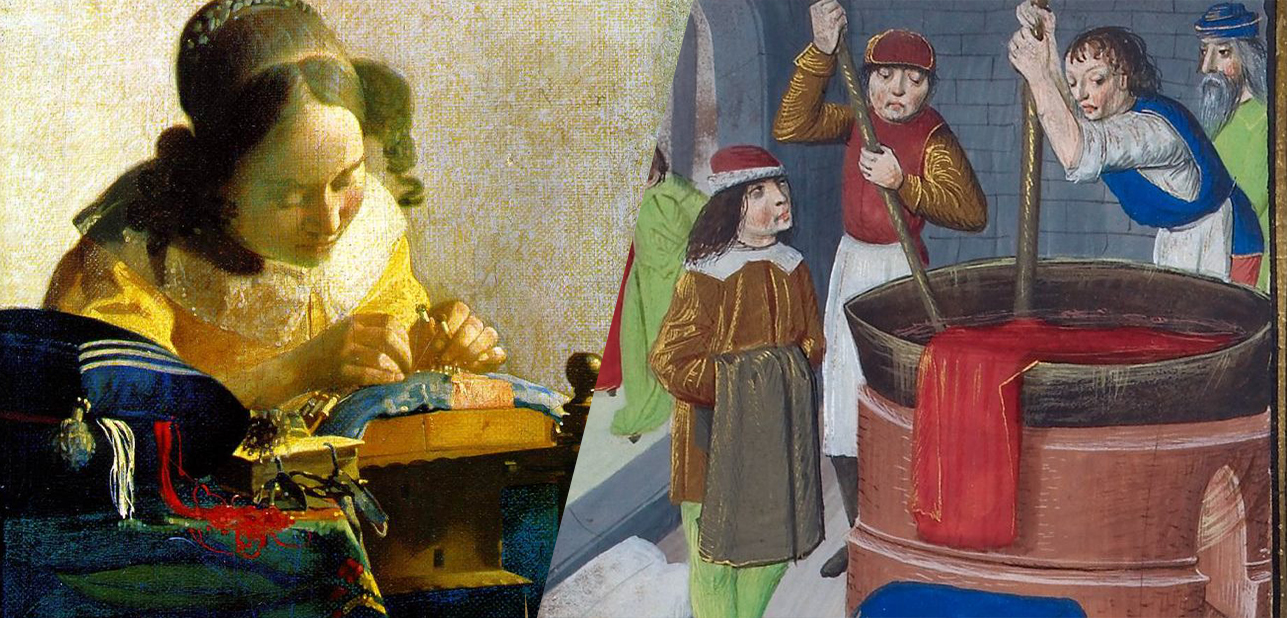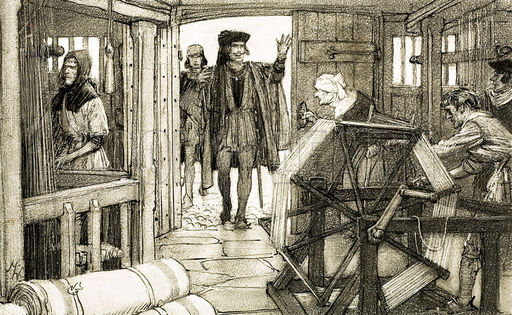For quilters today, there is an abundance of fabrics to choose from to create a captivating design. With rich colors, interesting patterns, and many textures, there are so many fabric options to stitch together a beautiful quilt. However, textile production has come a long way since its early beginnings.
The UK has historically been at the center of the international textile industry. From producing basic wool in medieval times to becoming the global cotton supplier as a result of the Industrial Revolution, there’s a lot to learn about UK textile history. In this article, we’ll discuss the history of textiles in the UK in more depth and how it affected quilting throughout the years.
Early Beginnings of Textiles in the UK
Technically, textiles have been used for thousands of years. Specifically, the origins of sewing and textiles in the UK can be traced back to ancient times. Archaeological evidence suggests that Britons were proficient in textile production as early as the Bronze Age, around 2,000 BC. They used simple tools like bone needles to create woven wool fabrics, primarily for clothing and shelter.
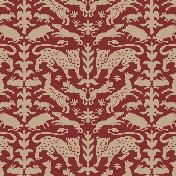
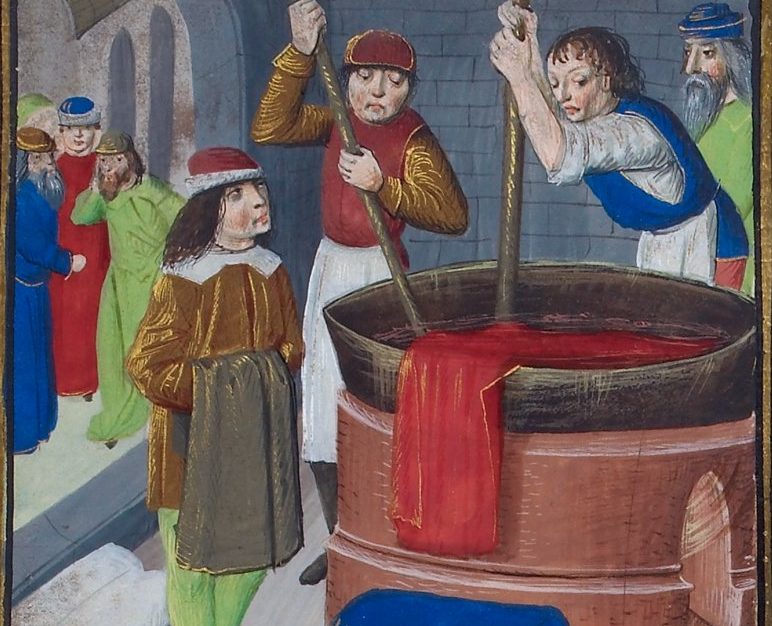
In medieval times, sewing textiles together came to include bed covers as well. During this time, quilting appears to have been practiced since at least the 13th century in the UK. Because of the UK’s cool and damp climate, the main textiles of this time period were wool and linen. The manufacture of said textiles was performed on a small scale by individual artisans.
From the 1400s to the 1700s, textiles evolved from purely practical to stylish, as more people adopted a decorative style of dress. Though wool was still one of the most common textiles produced in England, many wool cloths were now dyed vibrant colors. Additionally, silk weaving became more popular in Europe during this time, as the upper class of society enjoyed more fashionable styles of dress.
The Impact of Technology on Textile Production
Before industrialization, UK textile history indicates that production was limited by the availability of wool and traditional manufacturing methods. However, with the advent of new technological inventions, manufacturing textiles became easier and faster than ever. For example, the spinning jenny was invented in 1770 by James Hargreaves, which significantly sped up the cotton spinning process
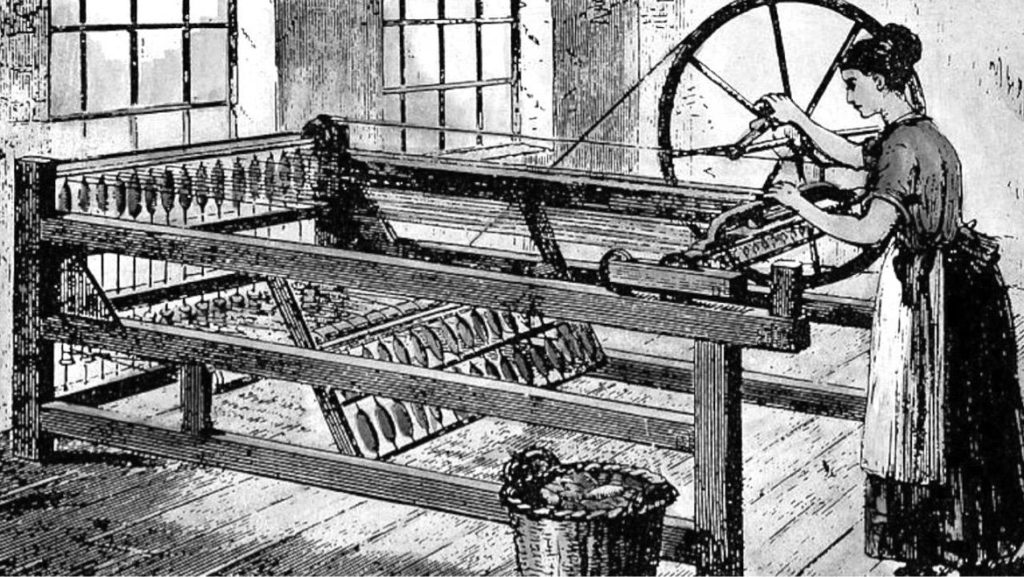
By 1785, Edward Cartwright patented the power loom, which significantly reduced the need for skilled weavers and improved production speeds, as the weaving process was mechanical rather than done by hand. As one of the critical inventions of the Industrial Revolution, its use in England led to large-scale mills and factories. These establishments needed only one worker to run multiple looms, which led to greater profits for mill owners and a loss of jobs for skilled weavers.
Additionally, transportation had also become much more efficient during the Industrial Revolution. Specifically, steamboats, railroads, and other advances in transportation allowed for lower shipping costs and farther trade reach.
The UK’s Role as a Global Cotton Supplier
During the Industrial Revolution, cotton became the dominant textile fiber in the UK. How did this happen? By the mid-19th century, British mills received a major influx of cotton from the country’s colonies in India and Egypt, as well as from slave labor in the U.S. Soon, the UK became the center of the world’s cotton production that produced stylish and affordable fabrics, such as calico and muslin.
This period in UK textile history is noted as a time of great prosperity for the cotton industry. However, while the mass production of cotton led to immense wealth for mill owners, the conditions for workers were deplorable. Mills notoriously employed young children in dangerous roles with little pay. Additionally, cotton pickers in the colonies and slaves in America were unpaid or received very little compensation for their work.
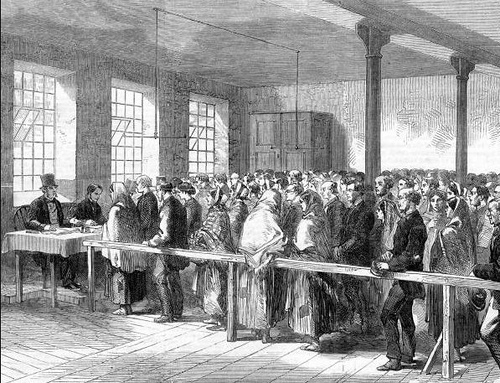
The Relationship Between Quilting and Textiles
Quilting has long been connected to UK textile history. In particular, quilting was first used strictly functionally. Whether through clothing or blankets, quilting was a prevalent sewing practice in the UK throughout the years. As the textile industry evolved in the UK, quilting became more than just sewing a functional garment or blanket; many people were interested in creating more elaborate and fashionable pieces.
Before technological advances, all of the textiles were hand-weaved, which meant that fabrics were expensive for the ordinary person. However, after the Industrial Revolution allowed for mass-produced materials, most households could afford commercially printed fabrics of varying colors, textures, and patterns. Due to this change in the availability of textiles, quilting become more widespread across the UK and worldwide.
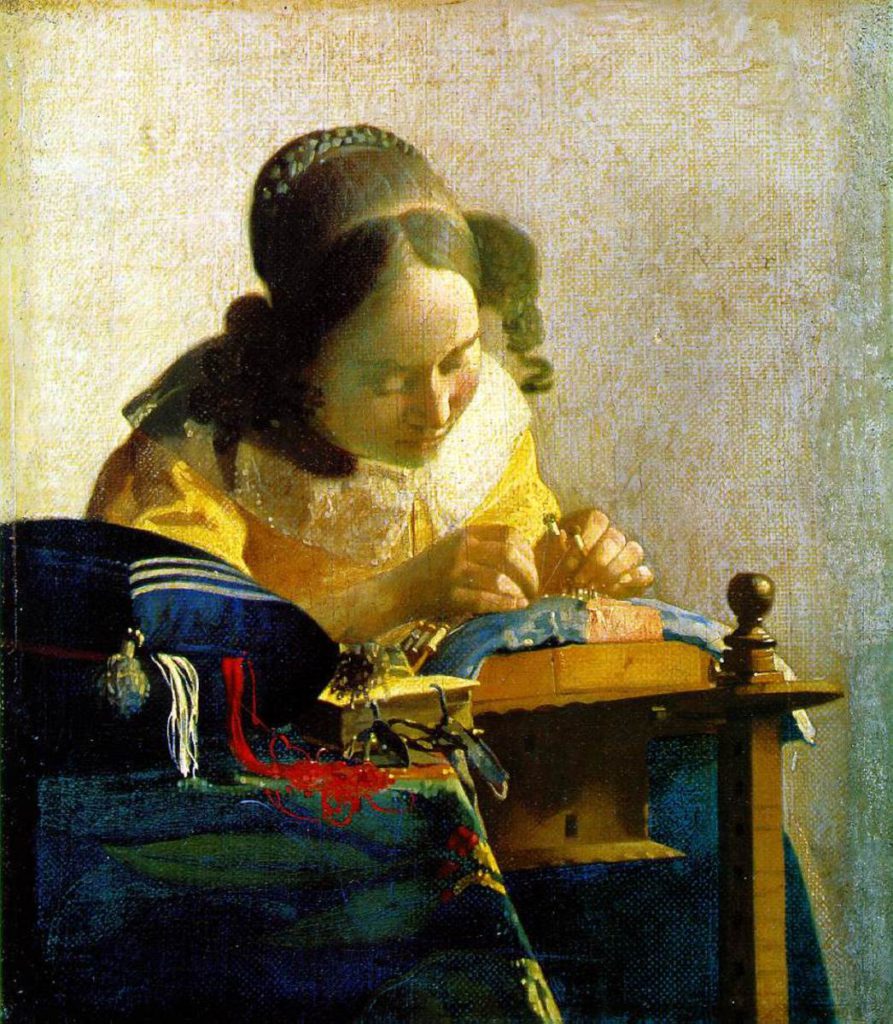
Specifically, with the introduction of affordable cotton prints out of the UK, quilts were now very colorful. Some people chose to use the scraps of fabric from colorful dresses to save money. However, others bought specific fabric pieces with the intention of creating a quilt. The design of quilts also shifted around the time of the Industrial Revolution. The block quilt style became more popular as more fabrics became widely available.
Another key change in quilting during this time was the invention of the sewing machine. By the end of the 19th century, many homes had a sewing machine, which greatly sped up the sewing process. With improved efficiency, women could spend more time on quilting rather than hand-sewing clothes for their families.
Overall, UK textile history is intertwined with the evolution of modern quilting. While quilting has been around for centuries as a functional sewing practice, modern technologies from the Industrial Revolution led to affordable colorful fabrics for the masses. Because of this development, the style and designs of quilts changed to reflect the quantity and availability of fabrics. To learn more about textiles or quilting, check out some of our other blog posts.


